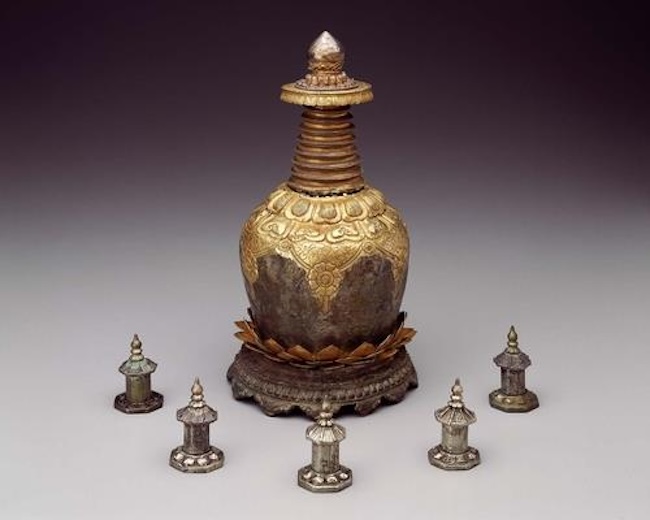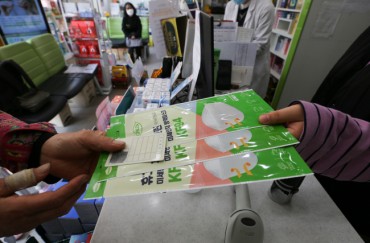
This image captured from the homepage of the Museum of Fine Arts, Boston, by the Jogye Order of Korean Buddhism shows the “silver-gilt Lamaist pagoda-shaped sarira reliquary,” dating back to the 14th century during the Goryeo Dynasty (918-1392), in its collection. (Image courtesy of Yonhap)
SEOUL, Feb. 6 (Korea Bizwire) — A rare and culturally significant “sarira,” the remains of a Buddhist monk from Korea’s 14th-century Goryeo Dynasty (918-1392), will return home after more than eight decades in the United States.
South Korea’s Cultural Heritage Administration said Tuesday that the Museum of Fine Arts, Boston, one of the three biggest art museums in the U.S. has agreed to donate the remains in its collection to the Jogye Order, the largest sect of Korean Buddhism.
The two sides separately agreed to push for returning the sarira reliquary on a loan basis for an unspecified period for public displays and preservation treatment, the agency said.
Under the agreement reached in Boston on Monday (U.S. time), the museum decided to make the donation before the Buddha’s birthday, which falls on May 15 this year.
Officials said details of the loan, including the period and method, would be decided in future negotiations.
The agreement came after 15 years of negotiations between the two sides over the return of the Korean relic. However, it remains a challenge to determine whether the country will be able to permanently retrieve the sarira container in the future.
Sarira is a Buddhist term for bead-shaped bodily relics of spiritual masters. While sarira holds great religious significance, sarira reliquaries carry additional meaning in art history as they represent Buddhist crafts created by the finest artisans of the time, reflecting contemporary styles.
However, the Boston museum reportedly took a negative stance on returning the sarira container, citing lack of evidence that it was acquired illegally, despite continuous discussions.
The “silver-gilt Lamaist pagoda-shaped sarira reliquary,” presumed to date back to the 14th century, is considered a masterpiece of Goryeo Buddhist art.
It enshrines the remains of the Buddha himself, alongside those of two revered Korean monks, Jigong and Naong. The two are celebrated for their contributions to the history of Korean Buddhism.
The CHA believes the sarira container was crafted after the latter monk passed away in the late years of the Goryeo Dynasty.
The sarira’s journey out of Korea began when it was illegally taken out of the country during the Japanese colonial period (1910-1945). The Boston museum reportedly purchased it from a dealer in 1939. The institution believes it originated from Hoeam Temple in Yangju, just north of Seoul.
(Yonhap)






